This blog on the possibilities in hydrogen from natural gas is based on a presentation held at the GCCSI Seminar 21.-22. March 2018 in Oslo, Norway. Mona Mølnvik is the Centre Director for Norwegian CCS Research Centre: NCCS.
Thank you, Global CCS Institute, for inviting me to speak here today. I hope to be able to present a few new perspectives on natural gas, hydrogen and CCS.
The potential of supplying large amount of clean hydrogen will pave the road for a fully renewable energy system in the longer run.
I will highlight a few issues I believe is important. These are the following:
- Background – 20 years of research on CCS
- The energy triangle: Hydrogen can boost the renewable revolution
- The mutual benefit between H2 production from natural gas reforming with CCS and H2 production from electrolysis
- H2 in Norway and Europe
- A vision for H2 production from natural gas in Norway
CCS research is key in bringing cost down and reducing risk
For 20 years NTNU and SINTEF, together with industry stakeholders have developed a research platform for CCS innovation. Now, being faced with large-scale CCS deployment, we know the role of research is key in bringing the cost down and reduce risk. We can, together with the industry and the public support from The Research Council of Norway, do the same in the potential realization of large-scale use of hydrogen in the energy system.
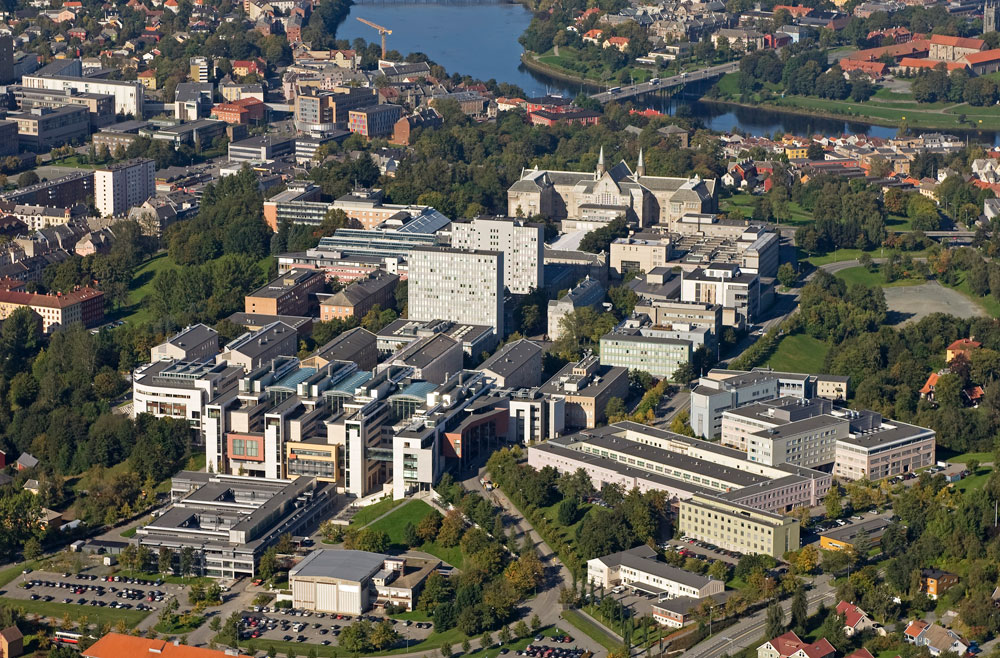
The energy triangle: Hydrogen can boost the renewable revolution
The worlds growing population needs energy, and the governments seeks to provide enough, affordable and clean energy to its population. If the politicians must choose (illustrated by the energy triangle), the security of supply will often overrun competitiveness and environmental impact.
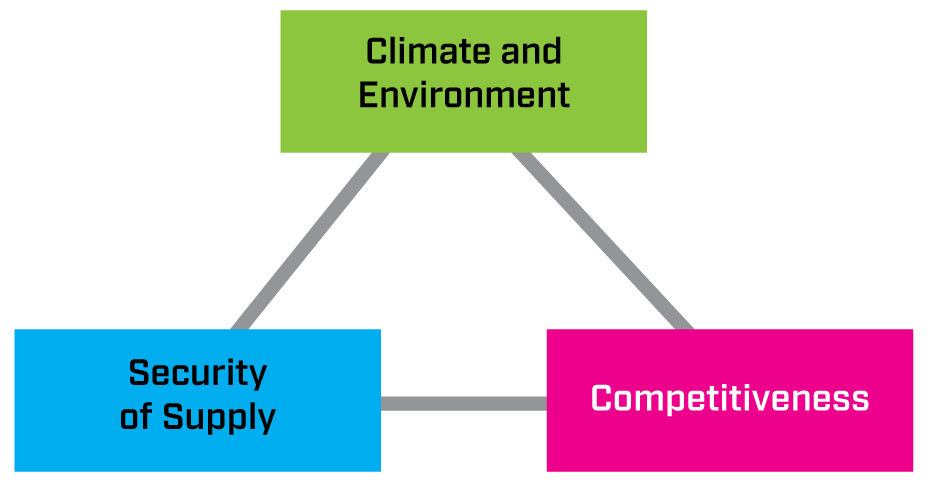
It is in this perspective hydrogen can play a role; it can boost the renewable revolution by:
- providing substantial amounts of clean energy for the power generation sector (replacing natural gas),
- metal producers as for instance steel (replacing coal and coke),
- and in heavy transport if batteries still do not provide the required capacity.
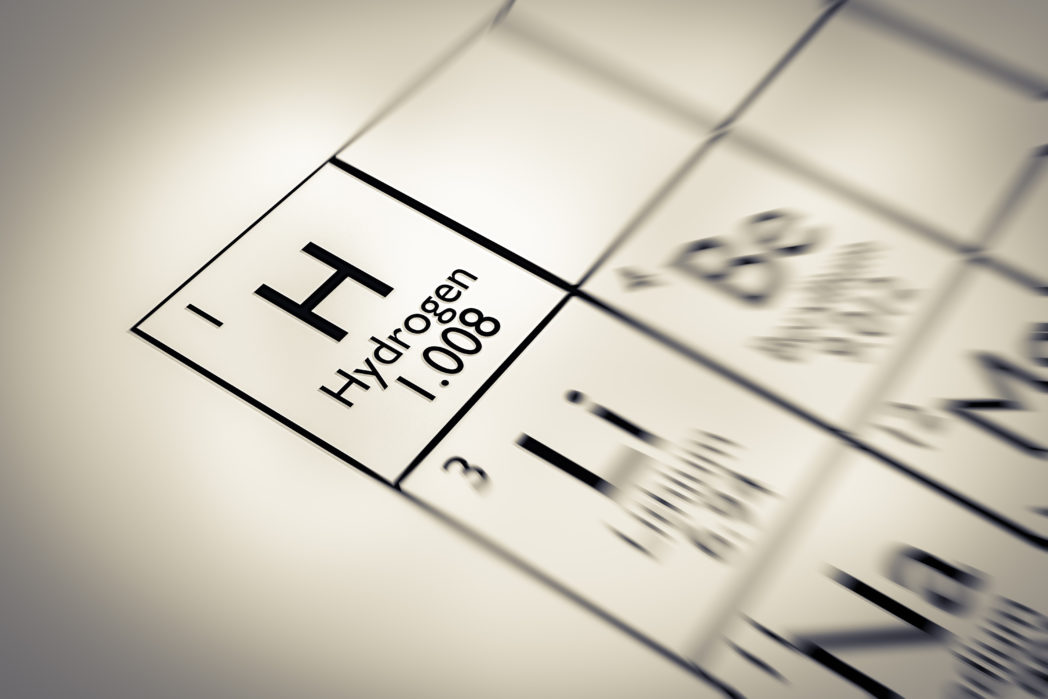
The mutual benefit between H2 production from natural gas reforming with CCS and H2 production from electrolysis
There is a debate going on related to the lacking acceptance of hydrogen with origin from reforming natural gas to hydrogen and capture and storing CO2. Hydrogen from renewables is denoted blue while hydrogen from natural gas is not.
I believe in demanding clean hydrogen – not putting restrictions on the source.
Then, going back to the energy triangle, the authorities and other actors will require security of supply, affordable and clean energy. Another issue is the scale. The potential of supplying large amount of clean hydrogen will pave the road for a fully renewable energy system in the longer run.
More about Hyper: https://www.sintef.no/en/projects/2016/hyper/
H2 in Norway and Europe
So – how does hydrogen production with CCS fit into the energy triangle, and who will benefit from it?
We must take the perspective from outside Norway, since no one else will think this is a promising idea if the only nation that benefits from decarbonizing the natural gas is Norway.
The Norwegian Perspective


- Natural gas production in Norway is increasing and 2/3rd of the resources is expected to still be produced.
- Norway is planning a CO2 storage site at Smeaheia. What if it is expanded to also store CO2 from a natural gas reforming plant?
The European perspective

- Energy Wende: In Germany, 40% of the electricity production (in total 648 TWh/a, as of 2016) is covered by coal-based power-plants. Hence, the potential for reducing CO2-emissions by exchanging coal in power generation and industry by hydrogen is substantial. Even the contribution from the example above would only cover a fraction of the potential market.
- In Netherlands, energy transported in the natural gas pipelines is 10 times higher compared to the electricity grid. Even with massive electricity capacity upscaling, there will be a need for supplying huge amount of clean energy to industry. One example is the steel industry that today uses coal as a reducing agent.
ELEGANCY – Case studies
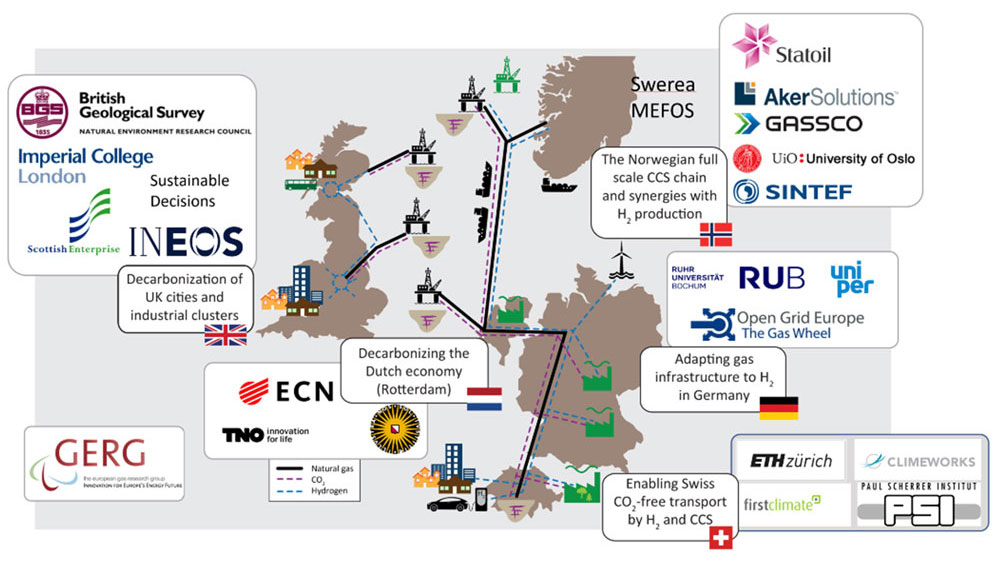
In the CCS-cofund ERA-NET ACT ELEGANCY projects five national case-studies is going to take place to investigate the various opportunities for business cases in the intersection between CCS and hydrogen. The reason is that
- The low carbon economy needs hydrogen for heating, cooling and transport
- CCS and H2 are mutual important for power – fuelled by hydrogen or fossil fuel power production with CCS and industrial decarbonization
- The low carbon economy needs CCS to provide a credible carbon negative solution and provide the speed needed in the energy and climate transformation
A vision for H2 production from natural gas in Norway: A 160.000 m3 H2 ship can leave Norway every day
In the Norwegian full-scale CCS project, the ambition is to capture CO2 from industrial sources in the Oslo area, transport CO2 by ship to a hub near Kollsnes, and from there send CO2 by a pipeline and inject into a well in the Smeaheia formation. The required capacity will be 0,5 to 1,5 million ton CO2 per year.
By expanding the infrastructure for CO2 storage in the Norwegian full-scale CCS project and use 14% of the (2017) Natural gass production in Norway for H2 reforming, 34 Mt CO2/year can be stored in Smeaheia and a 160.000 m3 H2 ship can leave Norway every day – corresponding to 137 TWh/a (approx. the same as today’s hydropower production). The H2 export can also be realized by re-using the waste capacity in today’s natural gas network operated by Gassco.

One example is Japan where Kawasaki Heavy industries and Mitsubishi already work together with SINTEF to explore the possibilities. Kawasaki has an ambition to develop a LH2 tanker equipped with four 40 m diameter spherical vessels.

Clean hydrogen can fast-track development to limit climate change
I have pointed at future possibilities for the development of a low-carbon energy system where clean hydrogen is regarded as a viable contribution to fast-track the development required to limit climate change. Let’s explore the possibilities together. The world’s growing population will need it.
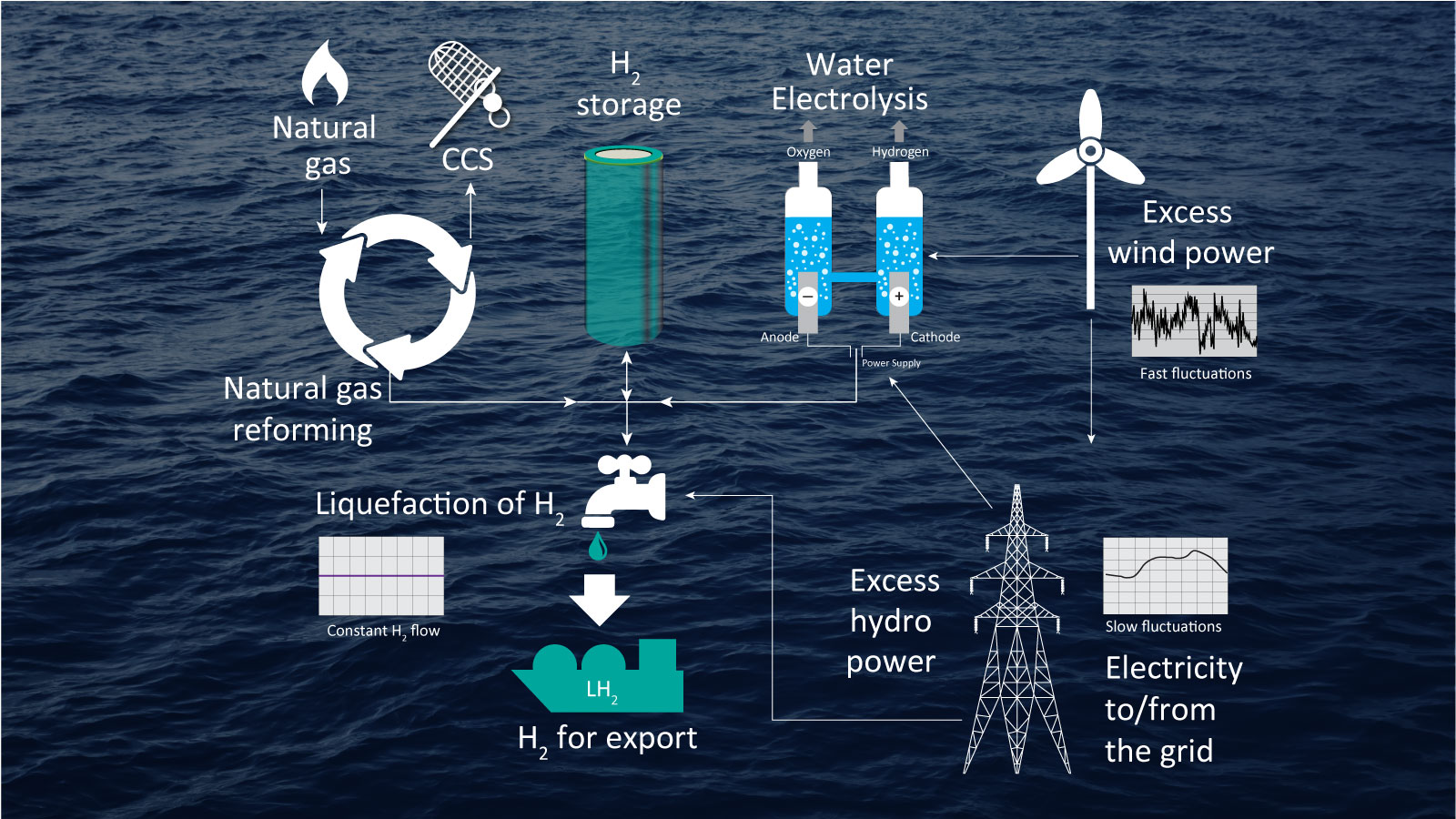








Comments
No comments yet. Be the first to comment!